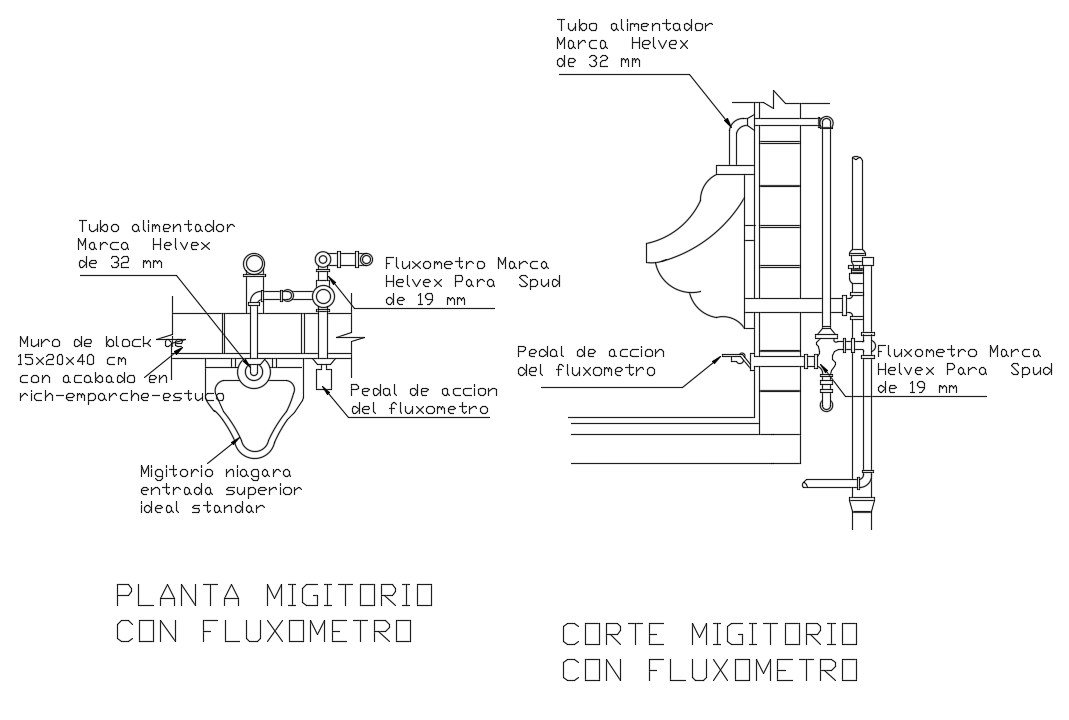A sanitary clamp joint consists of two, gender neutral fittings with a sanitary gasket in between, all head together by a clamp. There is a host of other lesser known sanitary connection systems including, bevel seat, John Perry, I Line and Q Line. You can see pictures and or drawings of the various sanitary fittings types on our website. Dec 10, 2018 Pipe fittings – a device installed on pipelines, aggregates, vessels and designed to control the flow of working media by changing the flow area. The file can be saved in DWG format. A drawing of pipe fittings created in AutoCAD. On this file are the accessories for the pipeline. CAD blocks are available for download.
Autocad Pipe Fitting Library

3A Fittings
PIPING DRAWINGS
Water was at one time the only important fluid that was moved from one point to another in pipes. Today almost every conceivable fluid is handled in pipes during its production, processing, transportation, and use. The age of atomic energy and rocket power has added fluids such as liquid metals, oxygen, and nitrogen to the list of more common fluids such as oil, water, gases, and acids that are being carried in piping systems today. Piping is also used as a structural element in columns and handrails. For these reasons contractors, manufacturers, and engineers should become familiar with pipe drawings. Piping drawings show the size and location of pipes, fittings, and valves. A set of symbols has been developed to identify these features on drawings.
Two methods of projection used in pipe drawings are orthographic and isometric (pictorial). Orthographic projection is used to show multiple views of an object in a single plane. Isometric projection is used to show a three-dimensional view of an object in single plane.
Orthographic Pipe Drawings
Single- and double-line orthographic pipe drawings (Figures 5-1 and 5-2) are recommended for showing single pipes either straight or bent in one plane only. This method also may be used for more complicated piping systems.
Figure
Water was at one time the only important fluid that was moved from one point to another in pipes. Today almost every conceivable fluid is handled in pipes during its production, processing, transportation, and use. The age of atomic energy and rocket power has added fluids such as liquid metals, oxygen, and nitrogen to the list of more common fluids such as oil, water, gases, and acids that are being carried in piping systems today. Piping is also used as a structural element in columns and handrails. For these reasons contractors, manufacturers, and engineers should become familiar with pipe drawings. Piping drawings show the size and location of pipes, fittings, and valves. A set of symbols has been developed to identify these features on drawings.
Two methods of projection used in pipe drawings are orthographic and isometric (pictorial). Orthographic projection is used to show multiple views of an object in a single plane. Isometric projection is used to show a three-dimensional view of an object in single plane.
Orthographic Pipe Drawings
Single- and double-line orthographic pipe drawings (Figures 5-1 and 5-2) are recommended for showing single pipes either straight or bent in one plane only. This method also may be used for more complicated piping systems.
Figure